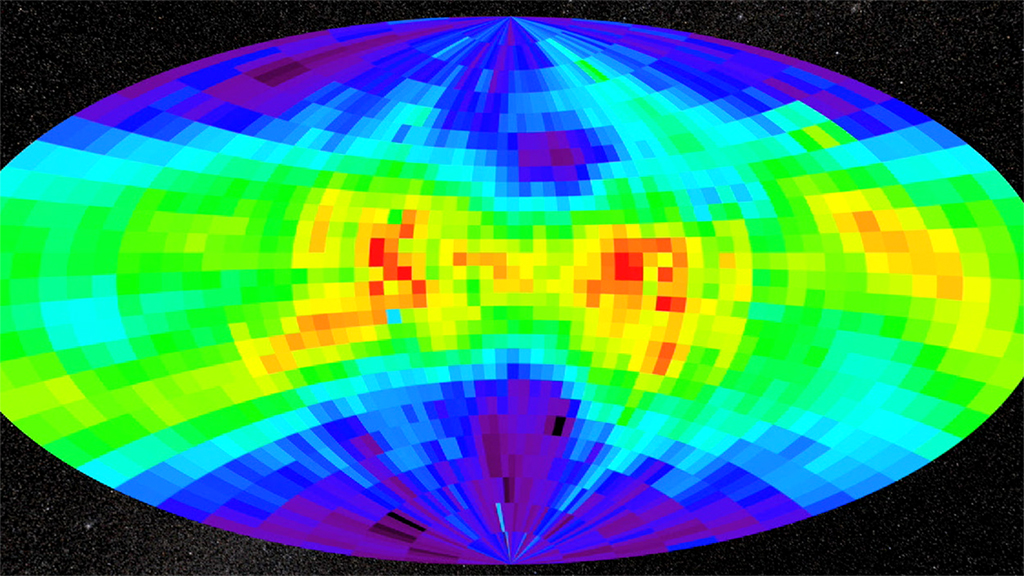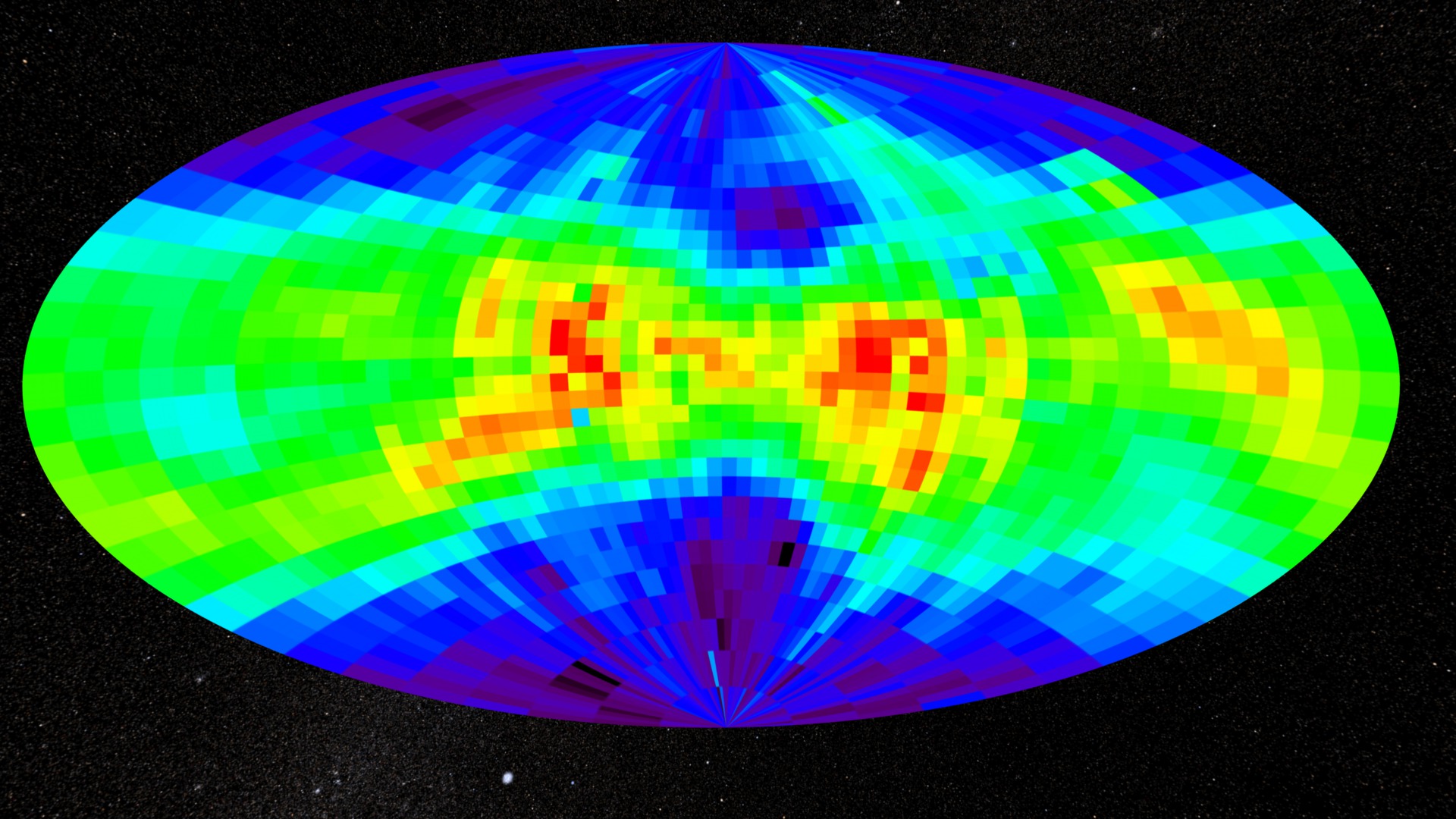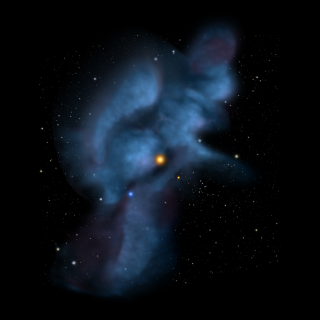IBEX Maps Solar System's Tail
NASA’s Interstellar Boundary Explorer, or IBEX, recently mapped the boundaries of the solar system’s tail, called the heliotail. By combining observations from the first three years of IBEX imagery, scientists have mapped out a tail that shows a combination of fast and slow moving particles. The entire structure twisted, because it experiences the pushing and pulling of magnetic fields outside the solar system.
To view this video on YouTube, click here.
Credits
Please give credit for this item to:
NASA's Goddard Space Flight Center
-
Animators
- Michael Lentz (USRA)
- Walt Feimer (HTSI)
- Tom Bridgman (Global Science and Technology, Inc.)
-
Video editor
- Genna Duberstein (USRA)
-
Narrator
- Erin McKinley (OSU)
-
Producer
- Genna Duberstein (USRA)
-
Scientist
- Eric Christian (NASA/HQ)
-
Writers
- Karen Fox (ADNET Systems, Inc.)
- Genna Duberstein (USRA)
Release date
This page was originally published on Wednesday, July 10, 2013.
This page was last updated on Wednesday, May 3, 2023 at 1:52 PM EDT.
Missions
This page is related to the following missions:Series
This page can be found in the following series:Tapes
The media on this page originally appeared on the following tapes:-
NASA’s IBEX Provides First View Of the Solar System’s Tail
(ID: 2013062)
Wednesday, July 10, 2013 at 4:00AM
Produced by - Will Duquette (NASA)





